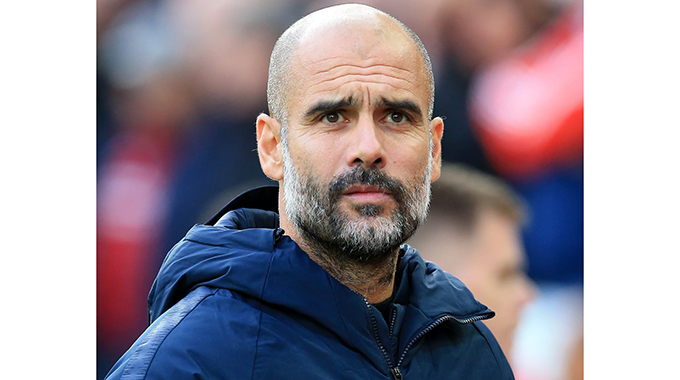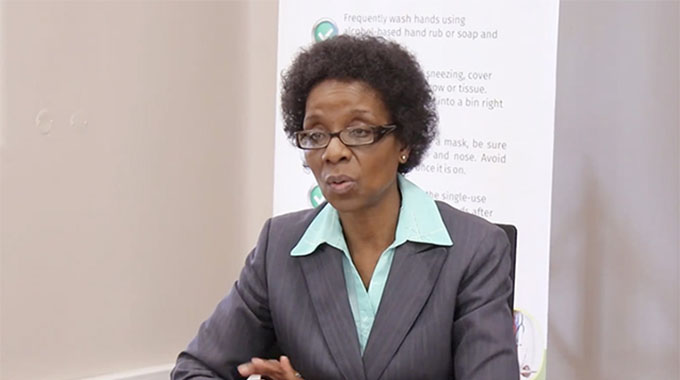COVID-19 Will Likely Become a Seasonal Disease, CDC Director Says

Covid-19 is expected to become a seasonal illness like most respiratory viruses that strike in the winter months, according to the CDC’s Dr Rochelle Walensky.
Scientists are monitoring how prior infection and vaccination might impact future coronavirus infection and hospitalization rates.
While stricter measures are less likely to return, epidemiologists say face masks and physical distancing may be recommended when infections spike in the future.
Earlier this week, the Centers for Disease and Control and Prevention (CDC)Trusted Source Director Dr. Rochelle Walensky said she expects COVID-19 to become a seasonal illness that ebbs and flows with the weather.
After all, the other coronaviruses that cause the common cold are known to strike during the winter months and settle down in the warmer months.
The same is true with other respiratory infections, like influenza, strep throat, and respiratory syncytial virus (RSV). These viruses spread year-round but typically spike in the winter.
Epidemiologists say stricter measures — like lockdowns and capacity limitations at certain venues — are unlikely to return. But masking and physical distancing may continue to be recommended during future surges.
Will COVID-19 become seasonal?
Dr Shruti Gohil, the associate medical director of epidemiology and infection prevention at UCI Health, said there does appear to be some degree of seasonality to COVID-19 already.
As we’ve observed over the past two years, COVID-19 cases have increased during the winter months when transmission of cold and flu viruses usually increases.
Some studies have shown that hot and humid environments hinder the coronavirus’s viability, while colder climates with lower humidity levels may help the virus spread.
“Research is still evolving, but there is some evidence that the virus dies when exposed to certain levels of UV light, making it harder to spread during the sunny summer months as opposed to winter,” said Dr Bernadette Boden-Albala, MPH, DrPH, director and founding dean of the Program in Public Health at the University of California, Irvine.
Evidence also suggests areas with air pollution have been linked to higher rates of COVID-19 cases along with increased severity in disease and death.
It’s also important to consider how our behaviors influence the spread of respiratory viruses in the different seasons.
“We spend more time indoors — where the virus spreads more easily — in the colder months, with less options for outdoor recreational activities,” Boden-Albala told Healthline.
When we spend more time indoors, we are in closer contact with others and are therefore more likely to transmit respiratory viruses.
All that said, data has shown that COVID-19 spreads year-round to varying degrees.
“It is also clear that COVID should not be considered restricted to the winter months and that it can appear any time of the year,” Gohil said.
What will happen when COVID-19 cases increase?
According to Gohil, transitioning to an endemic phase of COVID-19 — in which the disease reaches some degree of stability and predictability — does not mean we won’t see new outbreaks, variants, and sporadic increases in COVID-19-related hospitalizations.
It’s unclear how many cases and hospitalizations we will see each year once COVID-19 becomes endemic.
“Right now, it’s still hard to tell because we haven’t reached the stability in cases that we need to accurate determine a baseline level,” Boden-Albala said.
Epidemiologists are also tracking how prior infection and vaccination affect the rates of infection, hospitalization, and death across the population.
We can expect public health experts to use disease modeling tools to make new projections about how the virus will spread in the future, according to Boden-Albala.
If new variants emerge that test the immunity the population has conferred through prior infection and vaccination, we may see some restrictions — like face masks and physical distancing — return.
Stricter lockdowns, including school and business closures, are not expected to return.
If and how the coronavirus will mutate and evolve is unclear. For the time being, epidemiologists recommend we stay on top of vaccination recommendations and monitor local and nationwide guidelines to mitigate our chances of experiencing future surges and more restrictions.
“We anticipate new seasons of increased cases and, yes, some restrictions may need to be put back into place, at least in modified form, to meet the needs of any given uptick,” Gohil said.
Dr. Rochelle Walensky, director of the CDC, recently said she expects COVID-19 to become a seasonal illness that ebbs and flows with the weather.
Most respiratory viruses, including the other coronaviruses that cause the common cold, typically spike in the winter months.
Scientists are monitoring how prior infection and vaccination might impact the case and hospitalization rates in future surges.
Though stricter restrictions — like lockdowns and school closures — are not expected to return, epidemiologists say some mitigations like face masks and physical distancing may be recommended in future surges. – Healthline









Comments